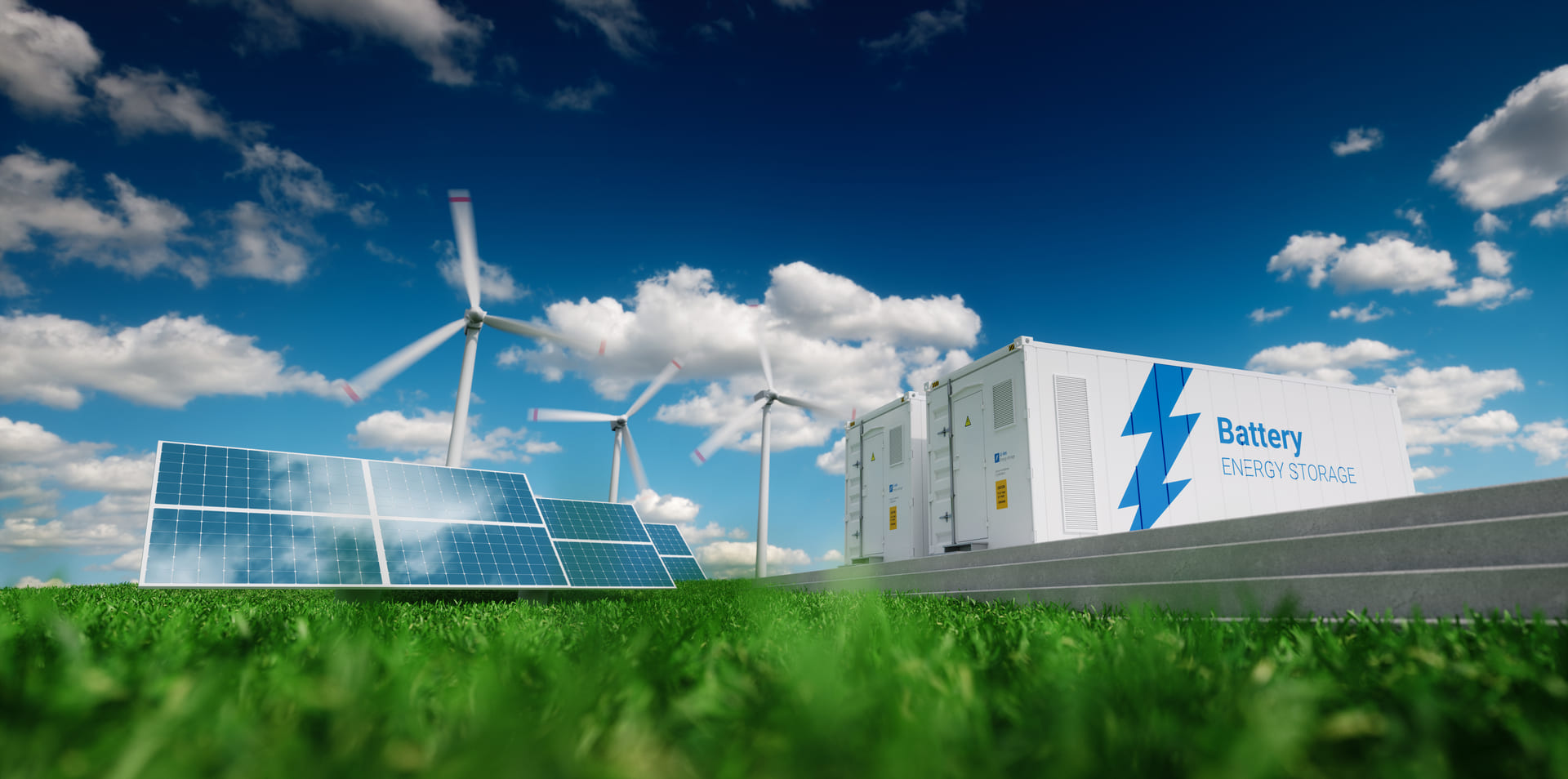Four drivers for the success of the energy transition
The success of the energy transition depends on the interaction between four different drivers: the integration of digital innovation into the energy system, the development of prosumer business models, regulatory frameworks and changes in human behaviour.

Technological transformations in energy are crucial for achieving the SDGs
Achieving the SDGs is going to be largely dependent on technological transformations in the energy sector, covering renewables, grid infrastructures, energy-efficient buildings and sustainable transport.
As the industry is both the largest energy consumer and a provider of technological innovations to help us realise the energy transition, it is of crucial importance to integrate sustainable energy into industrial development strategies.
The main challenge, however, lies in the uncertainties related to changes in energy supply and demand, economic development and industrial development. These uncertainties must be fully considered as part of a holistic energy transition plan, which requires cross-sector and cross-border exchanges of experience and a collaboration with local energy-positive communities.
Towards a low-carbon energy transition with geothermal energy
Shallow geothermal systems, hydrothermal processes and hot dry rock provide clean, abundant and reliable sources of energy, even if unevenly distributed. The integration of such geothermal resources into district energy systems opens up possibilities to build an energy supply chain that meets the electricity, heating and cooling needs in urban areas.
Appropriate energy system development strategies, policies and planning along with technology innovation and commercialisation incentives are essential to realising energy supply chains that are stable, economically feasible, sustainable and secure.
While geothermal sources could play a significant role in ensuring access to energy for all, production today is only at 7% of the estimated global potential. Negative perceptions raise concerns with decision-makers and potential investors about the possible environmental impact and risks of deep geothermal energy production.
Social resistance often results in significant slowdowns to the deployment of deep geothermal resources. Life cycle assessment of geothermal projects is the best way to address these concerns and to guarantee deep geothermal energy production complies with environmental regulations.
Increasing the sustainability of energy storage
The electrification of transport and the buffering of fluctuating electricity production in the grid are crucial elements of a low-carbon economy. That increases the need for batteries for mobile and stationary energy storage, which in turn requires approaches to extend battery cells’ sustainability.
Life cycle assessment provides a tool to minimise the environmental footprint from production to end of life. Increasing the durability of batteries to extend their life cycle triggers opportunities to achieve a more circular value chain. Finally, batteries should provide a more efficient way to include renewables in the energy mix.
